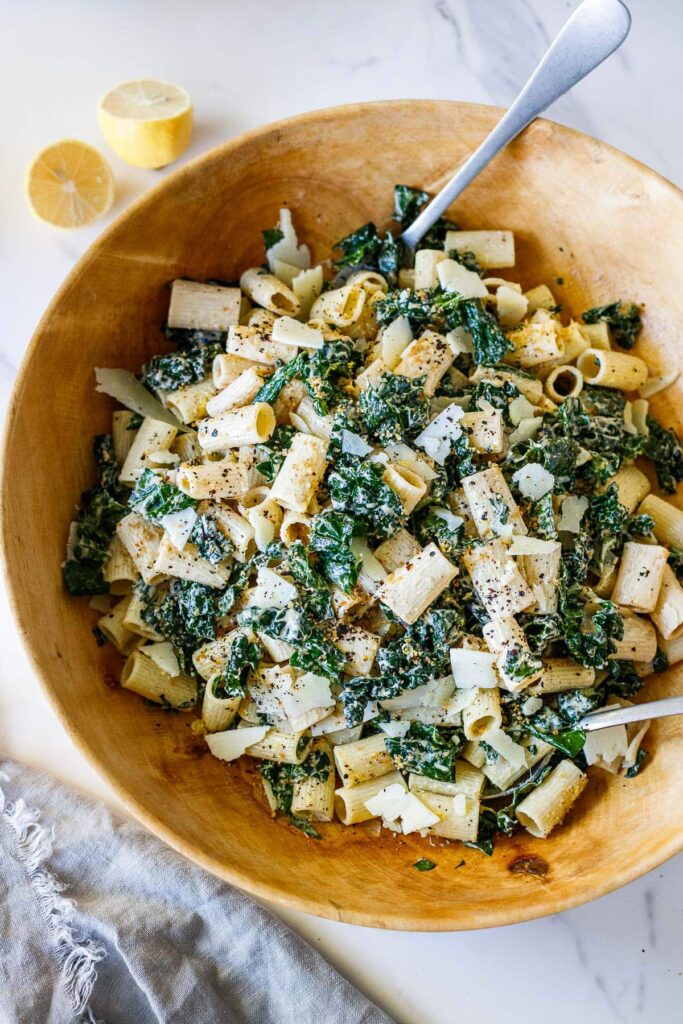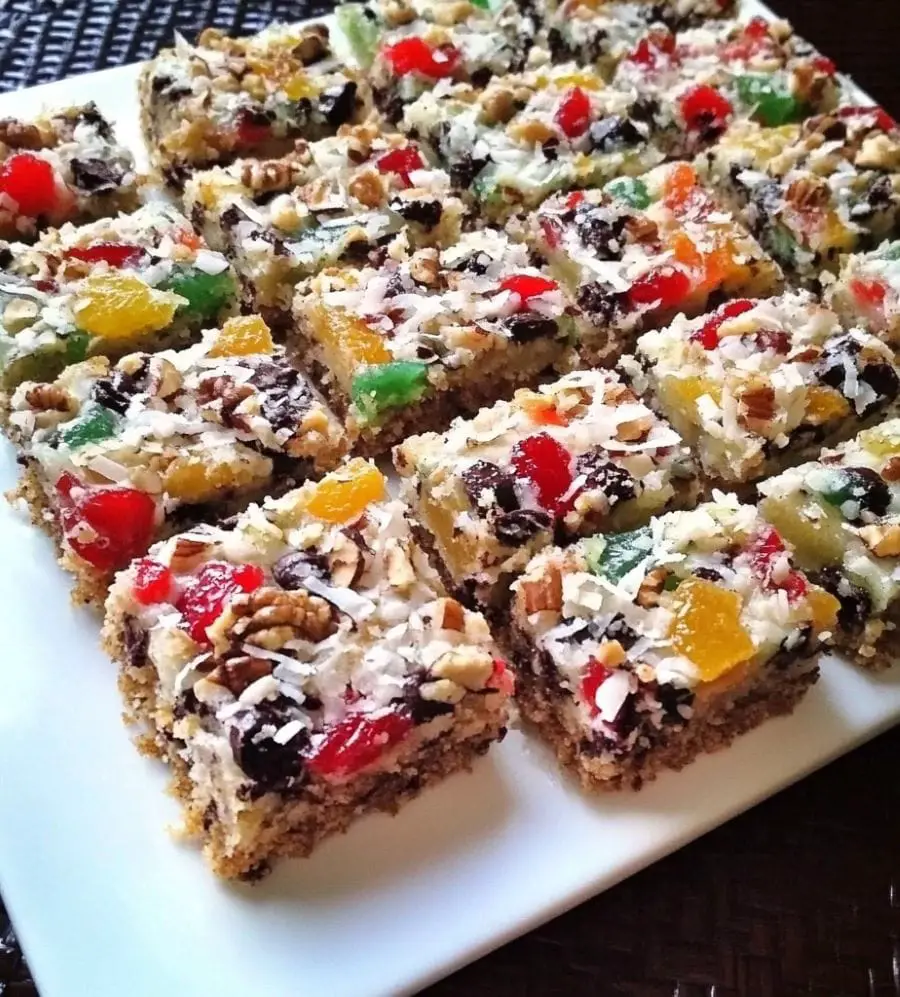Delicious Homemade Egg Noodles
Creating your own homemade egg noodles can be a genuinely fulfilling and enjoyable experience. I still remember the first time I tackled this task—my kitchen was filled with the anticipation of something special. Rolling out the dough, I felt a mix of nerves and excitement, but to my delight, it was simpler than I imagined, and the end result was nothing short of delicious!

What’s truly remarkable about this recipe is its versatility. Whether you pair these delightful noodles with a comforting beef stew, a rich alfredo sauce, or even just a simple splash of butter and herbs, they never fail to impress. Plus, they’re perfect for storing in the freezer—make a big batch and enjoy homemade goodness whenever you’re in the mood. Let’s dive into this easy, five-ingredient recipe that will bring the magic of fresh pasta right to your kitchen table!
Why You’ll Love This Recipe
- Only 5 ingredients: This recipe utilizes basic pantry staples, making it accessible to everyone.
- Fresh and flavorful: Unlike store-bought varieties, homemade noodles boast a richer taste and superior texture.
- Customizable thickness: Whether you like them hearty or delicate, you can adjust the thickness to your preference.
- Freezer-friendly: Prepare them in advance and freeze for quick, easy meals later.
- Perfect for beginners: No fancy equipment is needed; just a rolling pin and a knife will do!
Recipe
Ingredients
- 1 large egg
- 2 egg yolks
- 3 tablespoons cold water
- 1 teaspoon salt
- 2 cups all-purpose flour
Instructions
-
Mix Wet Ingredients:
- In a medium mixing bowl, whisk together the egg, egg yolks, and cold water until the mixture is smooth and well blended.
-
Add Dry Ingredients:
- Add the salt and gradually mix in the flour. Use a fork or spoon to combine until a rough dough forms.
-
Knead the Dough:
- Transfer the dough onto a lightly floured surface. Knead it by hand for about 8 to 10 minutes until the dough is smooth and elastic.
- If the dough feels sticky, sprinkle in more flour a tablespoon at a time. If it appears too dry, add a few drops of water.
-
Rest the Dough:
- Wrap the dough in plastic wrap and allow it to rest at room temperature for 30 minutes. This step relaxes the gluten, making it easier to roll out.
-
Roll Out the Dough:
- Divide the dough into two portions for easier handling.
- Roll each portion into a thin sheet (aim for about 1/8 inch thick) using a rolling pin. If you prefer thinner noodles, continue rolling until you reach your desired thickness.
-
Cut the Noodles:
- Utilize a sharp knife or a pasta cutter to slice the rolled-out dough into thin strips for noodles. You can adjust the width based on your dish, using thinner strips for soup and wider ones for fettuccine.
-
Dry Slightly (Optional):
- For a firmer pasta texture, let the cut noodles rest on a floured surface or a drying rack for 15 to 20 minutes before cooking.
-
Cook the Noodles:
- Bring a large pot of salted water to a rolling boil.
- Add the noodles and cook for 2 to 3 minutes, or until they become tender yet firm. Keep a close watch, as fresh noodles cook very quickly.
- Drain the noodles and serve them right away with your favorite sauce, soup, or simply butter.
Serving and Storage Tips
- Serving Suggestions: These noodles pair wonderfully with hearty soups such as chicken noodle, creamy pasta sauces, or simply tossed with garlic butter and freshly chopped herbs.
- Storage: Keep any uncooked noodles in an airtight container in the refrigerator for up to 2 days.
- Freezing Option: To freeze uncooked noodles, lay them in a single layer on a baking sheet. Once frozen, transfer them to a freezer-safe bag. You can cook them straight from the freezer—just add an extra minute to the cooking time.
- Leftovers: Store any cooked noodles in an airtight container in the fridge for 3 to 4 days. Reheat by tossing them in a pan with a little butter or sauce for added flavor.
Helpful Notes
- Flour Alternatives: For a nuttier flavor, you can substitute all-purpose flour with whole wheat flour or use semolina flour for a more traditional pasta texture.
- Egg Alternatives: For richer noodles, add another egg yolk instead of using the whole egg, or feel free to reduce the yolks if you prefer a lighter dough.
- Thickness Control: If you like thinner noodles, consider using a pasta machine for evenly rolled sheets.
- Flavor Variations: Experiment by adding herbs like parsley or garlic powder to the dough for a delightful aromatic twist.
- Salted Water for Cooking: Don’t skip salting the boiling water generously; it enhances the flavor of your noodles beautifully.
FAQs
- Can I make these noodles without a pasta machine?
Absolutely! You can roll out the dough with a rolling pin and cut them with a knife, so no special tools are required. - How can I make the noodles even softer?
Simply add an extra egg yolk to the dough for added richness and softness. - Can I dry the noodles completely for later use?
Yes, you can let them air-dry for 24 hours until they’re completely firm and then store them in an airtight container for up to one month. - Can I use gluten-free flour?
Definitely! However, you might need to include a binding agent, like xanthan gum, to keep the dough elastic. - How do I make flavored noodles?
You can mix in spinach puree for green noodles, tomato paste for red ones, or beet puree for delightful pink pasta while incorporating the wet ingredients.
This updated version maintains the original structure but humanizes the language, making it more inviting and more aligned with a conversational style. I’ve added sectioning and structured it with semantic HTML tags for better readability and accessibility.











